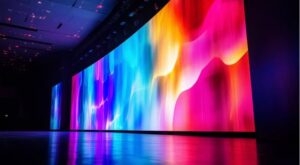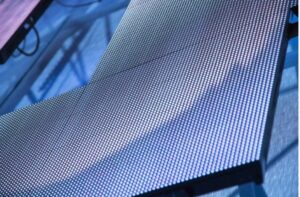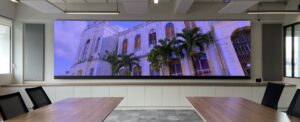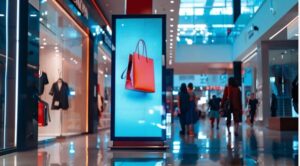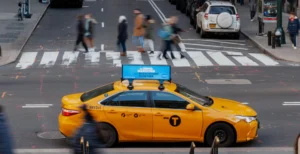Vertical Market - Retail
The retail landscape is undergoing a dramatic transformation as brands and store owners seek innovative ways to capture attention, create memorable shopping experiences, and drive customer engagement. At the forefront of this change is LED display technology, which is rapidly becoming a staple in modern retail environments. From storefront windows to in-store displays and interactive content walls, LED displays are reshaping the retail journey by blending immersive visuals with strategic messaging that enhances both brand presence and customer satisfaction.
One of the most visible applications of LED technology in retail is in storefront and window displays. These areas are prime real estate for capturing foot traffic, and LED video walls offer dynamic, eye-catching visuals that can stop passersby in their tracks. Unlike static signage or traditional posters, LED displays allow retailers to showcase multiple campaigns, highlight new arrivals, promote sales, or play high-definition product videos—all on a loop or scheduled in real-time. With bright, high-resolution imagery and seamless design, LED displays ensure that stores stand out in crowded shopping districts and malls.
Inside the store, LED screens play a crucial role in elevating the customer experience. Large-format displays, video walls, and digital signage can be used throughout the retail space to guide shoppers, promote products, provide lifestyle content, and support branding efforts. For example, a cosmetics brand might use LED displays to show makeup tutorials and influencer testimonials, while a clothing store could stream fashion shows, lookbooks, or curated outfit inspirations to inspire customer purchases. This type of immersive content marketing fosters emotional connections and encourages customers to explore products more deeply.
Interactive LED displays take engagement a step further by incorporating touch capabilities, motion sensors, or QR code integration. These displays can be used for product customization, virtual try-ons, self-service kiosks, or loyalty program sign-ups. By allowing customers to interact with digital content directly, retailers create a more personalized and efficient shopping experience that bridges the gap between physical and online retail.
LED displays are also key tools for real-time content management and operational efficiency. Through centralized content management systems, retailers can instantly update prices, promotions, and messages across multiple store locations—ensuring consistency and reducing the time and cost associated with manual signage changes. This agility is particularly valuable during seasonal campaigns, flash sales, or new product launches.
In addition to engaging customers, LED signage also supports employee communication and store operations. Back-of-house displays can share internal announcements, performance metrics, or training videos, helping staff stay informed and motivated in fast-paced retail environments.
Moreover, LED technology’s sleek design, long lifespan, and energy efficiency make it an ideal solution for modern retail spaces focused on aesthetics and sustainability. Panels can be customized in size and shape to fit unique architectural elements or branded environments, giving retailers maximum flexibility in design.
In summary, LED displays are revolutionizing the retail industry by delivering captivating visuals, enhancing shopper engagement, and providing dynamic tools for marketing and communication. As customer expectations evolve and experiential retail becomes the norm, LED technology will continue to lead the charge in transforming stores into interactive, visually stunning destinations.

